I have a problem with sax parser and encoded text. I try to parse RSS in ISO-8859-2 (http://www.sbazar.cz/rss.xml?keyword=pes) this way:
InputStream responseStream = connection.getInputStream();
Response response = mRequest.createResponse();
Reader reader = new InputStreamReader(responseStream);
InputSource is = new InputSource(reader);
is.setEncoding("ISO-8859-2");
SAXParserFactory factory = SAXParserFactory.newInstance();
SAXParser saxParser = factory.newSAXParser();
saxParser.parse(is, response);
but parser returns strings with strange symbols. I tried a lot of things, but nothing helped me :( Can somebody help me please?
